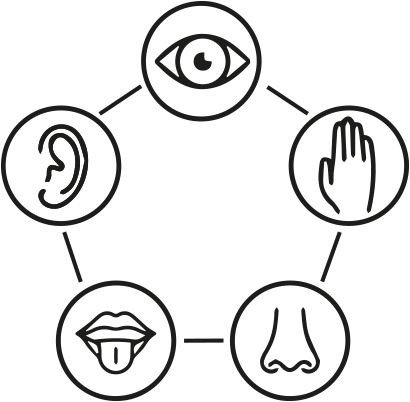Listening as Intervention
| Listening as Intervention
27 September 2022 Led by:
|
| Intended learning outcomes (more on programme level)
Part of Marres’ Workshops ‘Training the Senses’. https://marres.org/en/program/training-the-senses-en/ |
| Learning objectives (course specific)
What is the role of the listener? How does sound change the space and vice versa? How do we respond to and approach sound and listening? How does being aware of your body and movement affect sound? And how do we visualize patterns of sound? |
| Objective statement (course description)
Since 2009, Davide Tidoni has created listening scores exploring the active role of the listener and their agency to act within an acoustic field. Starting from the subjective experience of acoustic phenomena, such as filtering and reflection, the scores highlight the interaction among the physical nature of sound, its behavior in space, and the modulation of sound through body and movement. In this workshop Davide Tidoni, together with dancer Simone Evangelisti, will invite participants to explore and investigate their own capacity to touch, filter, absorb, and block sound when realizing the performative potential of the scores. Through guided sequences and improvisational moments, participants will experiment in new ways to approach sound and listening as resources for developing movement and body awareness. |
| Type of course:
extracurricular course |
| Target group:
general audience |
| Teaching method:
workshop |
| Activities
Start:
Training:
|
| Assessment of learning:
N/A |
| Effect:
N/A |
| Additional biblio sources (available at Marres):
N/A |
